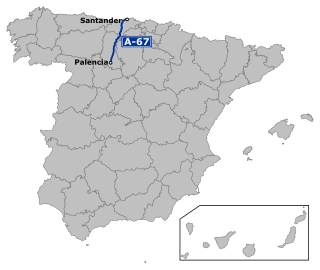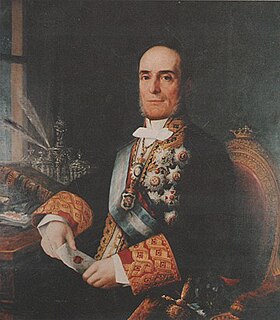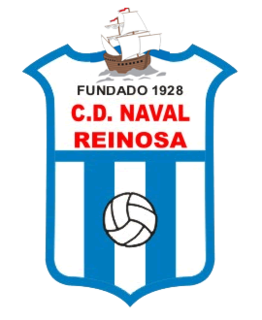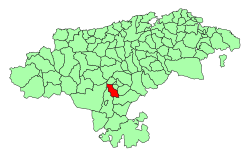
Cantabrian cuisine includes seafood from the Cantabrian Sea; salmon and trout from the upper basins of the rivers; vegetables and dairy products from the valleys; and veal and game from the Cantabrian mountains.

The Battle of Santander was a battle fought in the War in the North campaign of the Spanish Civil War during the summer of 1937. Santander's fall on August 26 assured the Nationalist conquest of the province of Santander, now Cantabria. The battle devastated the Republic's "Army of the North"; 60,000 soldiers were captured by the Nationalists.

The Autovía A-67 is a highway in north west Spain. It connects the Cantabrian Atlantic Coast at Santander to Palencia. It follows the route of the N-611.

Aurora Matilde Gómez Camus was a Spanish poet from Cantabria who also wrote non-fiction.

Reinosa is a municipality in Cantabria, Spain. As of 2009, it has 10,307 inhabitants. The municipality, one of the smallest by land area in Cantabria, is notable for being one of the nearest towns to the headwaters of the Ebro River. It is completely surrounded by the municipality of Campoo de Enmedio and was created a city by King Alfonso XIII in 1927, being one of only three urban centres in Cantabria with that honour, the others being Santander and Torrelavega.

Campoo is a comarca of Cantabria (Spain) located in the High Ebro, with a surface little bigger than 1,000 km2, and including the municipalities of Hermandad de Campoo de Suso, Campoo de Enmedio, Campoo de Yuso, Valdeolea, Valdeprado del Río, Valderredible, Reinosa, Las Rozas de Valdearroyo, Santiurde de Reinosa, Pesquera, and San Miguel de Aguayo. Their inhabitants are called Campurrians . Its highest elevation is the Cuchillón peak, and the lowest is Pesquera, with the capital, Reinosa at 850 m.
Julio García Fernández de los Ríos was a Spanish horse rider. He competed in the 1928 Summer Olympics.

Don Fernando Calderón de la Barca y Collantes, 1st Marquis of Reinosa was a Spanish noble and politician who served as Minister of State between 1875 and 1877.

Saturnino Calderón de la Barca y Collantes was a Spanish noble and politician who served as Minister of State from 1858 to 1863, during the reign of Queen Isabella II of Spain and in a cabinet headed by Leopoldo O'Donnell, 1st Duke of Tetuan.

The House de la Vega, Laso de la Vega or Lasso de la Vega is a Spanish noble line from the Kingdom of Castile. The family origins lie in the areas now known as Torrelavega which was established in the Middle Ages. The House of de la Vega was one of the most important families in the territory which now makes up Cantabria and they dominated a large amount of the terrain and property between the Torre de la Vega and the Castillo de Argüeso.

Los Tojos is a municipality located in the autonomous community of Cantabria, Spain.

Molledo is a municipality located in the autonomous community of Cantabria, Spain.

Pesquera is a municipality located in the autonomous community of Cantabria, Spain.

Valdeprado del Río is a municipality located in the autonomous community of Cantabria, Spain.

Pesaguero is a municipality located in the autonomous community of Cantabria, Spain.
Santiurde may refer to two municipalities in Cantabria, Spain:

San Miguel de Aguayo is a municipality located in the autonomous community of Cantabria, Spain.

The Cantabrian Health Service is an autonomous public health organization which depends of the Government of Cantabria. It was created by the Law of Cantabria 10/2001 of December 28.
Virginia Guerrero Espejo and Manuela Torres Bouggefa went missing on 23 April 1992 in Reinosa, Spain. Guerrero, then 14, and Torres, then 13, were last seen hitchhiking from Reinosa to their hometown of Aguilar de Campoo, Palencia, when they disappeared. Their case remains unsolved. The case is often linked to that of the Alcàsser Girls, who received significantly more media attention after their bodies were found, and is commonly called the Alcàsser case of Palencia.

Club Deportivo Naval Reinosa, simply known as Naval, is a Spanish football team based in Reinosa, in the autonomous community of Cantabria. Founded in 1928, it plays in Regional Preferente Cantabria, holding home matches at Campo de San Francisco.


















